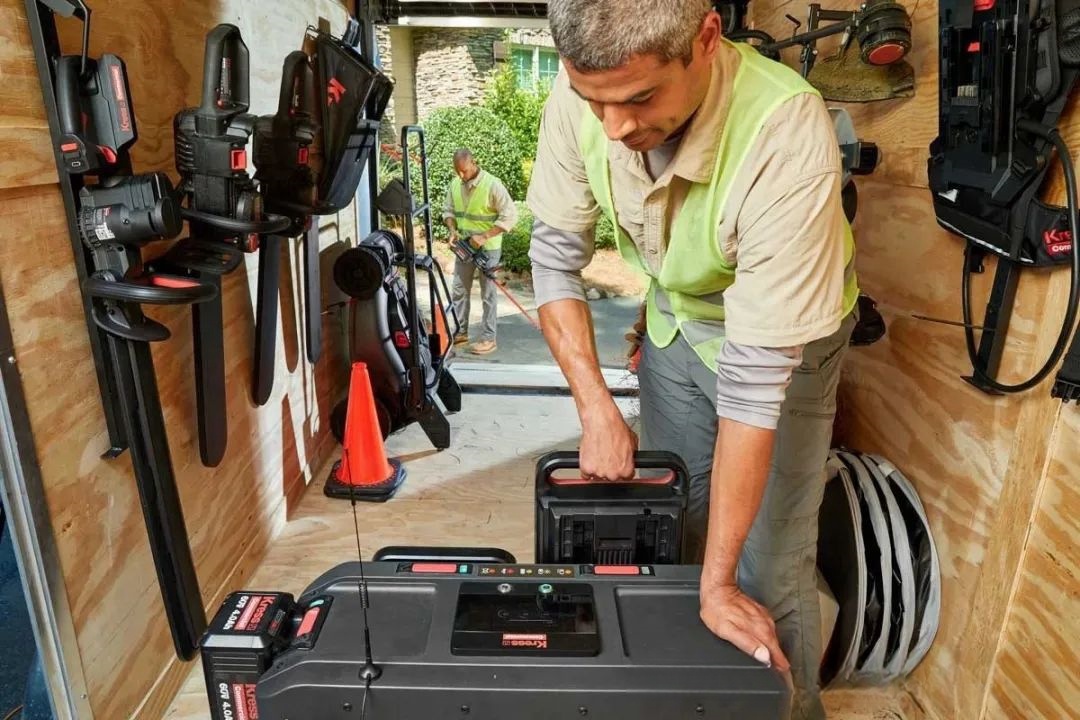Recently, a well-known foreign organization released the 2024 global OPE trend report. The organization compiled this report after studying the data of 100 dealers in North America. It discusses the industry's performance over the past year and forecasts trends that will impact OPE dealers' businesses in the coming year. We have conducted relevant organization.
01
The constantly changing market conditions.

They first cited their own survey data, showing that 71% of North American dealers stated that their biggest challenge in the coming year is "reduced consumer spending." In a third-quarter dealer survey of OPE businesses by a relevant organization, nearly half (47%) indicated "excessive inventory." One dealer remarked, "We have to get back to selling rather than taking orders. It will be a challenging 2024 with the equipment manufacturers have now piled up. We'll have to stay on top of rebates and promotions and handle every deal."
02
Economic Outlook

According to the U.S. Census Bureau, "In October, inventories of durable goods, items intended to last for three years or more, such as automobiles, furniture, and power equipment, increased for the third consecutive month, rising by $150 million or 0.3% to $525.1 billion. This marks another increase following a 0.1% growth in September." Economists track durable goods sales and inventories as an indicator of economic activity.
While the overall retail sales annualized growth rate for the third quarter of 2023 in the United States was 8.4%, many economists caution that the strong spending throughout the year is unlikely to persist in the coming months. Data also indicates a decrease in savings among U.S. consumers and an increase in credit card usage. Despite predictions of an economic downturn for over a year not materializing, we still find ourselves in a state of uncertainty post-pandemic.
03
Product Trends

The report includes extensive data on sales, pricing, and adoption rates of battery-powered equipment in North America. It highlights surveys conducted among dealers across North America. When asked which power equipment dealers expect to see more customer demand for, 54% of dealers said battery-powered, followed by 31% citing gasoline.
According to market research firm data, sales of battery-powered equipment have surpassed gas-powered ones. "Following significant growth, in June 2022, battery-powered (38.3%) surpassed natural gas-powered (34.3%) as the most purchased fuel type," the company reported. "This trend continued through June 2023, with purchases of battery-powered increasing by 1.9 percentage points and purchases of natural gas-powered decreasing by 2.0 percentage points." In our own dealer survey, we heard mixed reactions, with some dealers disliking this trend, others accepting it, and a minority attributing it entirely to government mandates.

Currently, several dozen cities in the United States (with estimates reaching as high as 200 cities) either mandate usage dates and times for gas leaf blowers or prohibit their use entirely. Meanwhile, California will prohibit the sale of new power equipment using small gas engines starting in 2024. As more states or local governments restrict or ban gas-powered OPE, the time is approaching for crews to seriously consider transitioning to battery-powered tools. Battery power is not the sole product trend in outdoor power equipment, but it is the primary trend and the one we are all discussing. Whether driven by manufacturer innovation, consumer demand, or government regulations, the number of battery-powered equipment continues to rise.
Michael Traub, Chairman of the Stihl Executive Board, stated, "Our top priority in investment is developing and producing innovative and powerful battery-powered products." As reported in April this year, the company also announced plans to increase the share of its battery-powered tools to at least 35% by 2027, with a target of 80% by 2035.
Post time: Mar-05-2024

